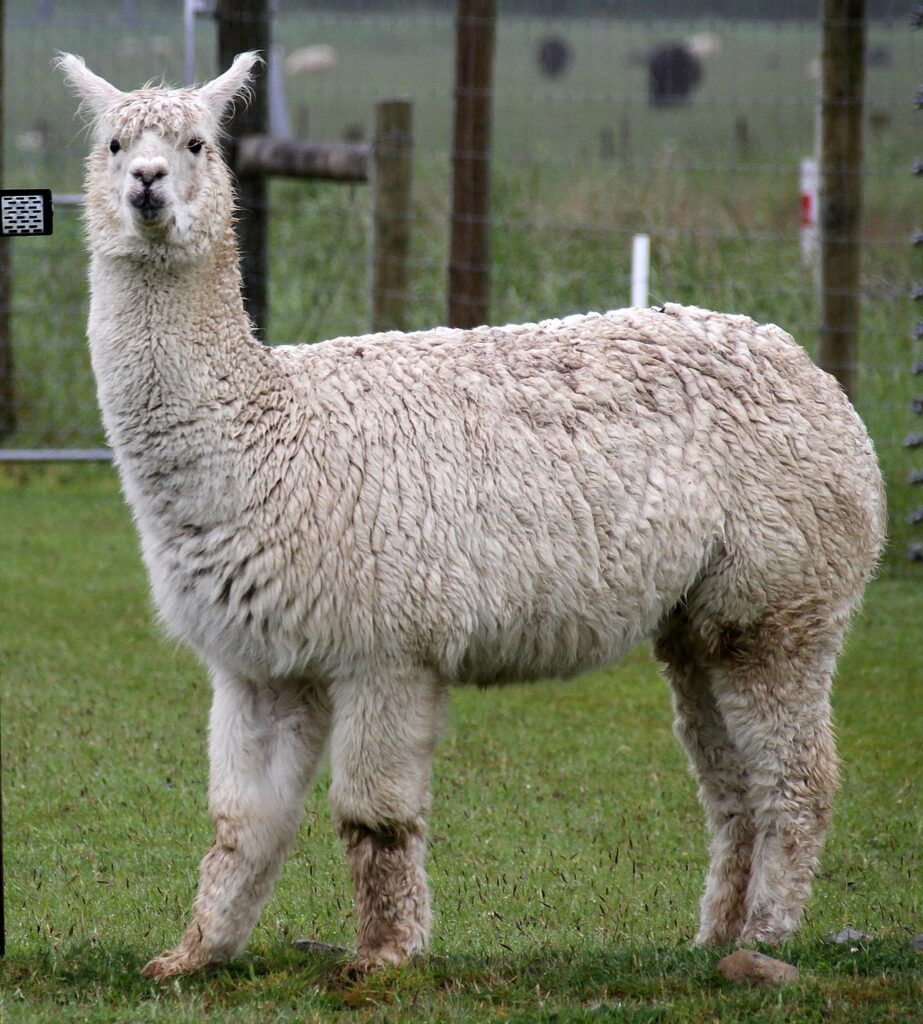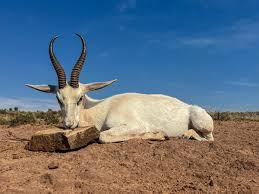Table of Contents
Introduction to the White Coza Animal

The White Coza Animal is a charming creature that often flies underneath the radar on the subject of discussions approximately wildlife. With its hanging look and unique behaviors, this animal merits more attention than it currently gets. Found in particular regions around the world, the White Coza has fascinating variations that help it thrive in its environment. Whether you are an avid nature enthusiast or certainly curious about lesser-regarded animals, there may be plenty to discover about this enthralling species. Get geared up to dive into a few awesome facts you may not want to overlook!
Habitat and Distribution
The White Coza Animal prospers in a number of habitats, in the main determined in mountainous regions. These creatures are aware of rocky terrains and grassy slopes, where they are able to easily combo with their surroundings.
Their distribution spans numerous continents, with huge populations positioned throughout Europe and components of Asia. This adaptability permits them to roam freely in diverse ecosystems ranging from alpine meadows to scrublands.
During the chillier months, they migrate barely decrease into valleys for refuge. Their keen instincts manual them closer to areas rich in flowers and far from harsh weather conditions.
While those animals pick faraway places, human encroachment has impacted a few populations. Nevertheless, wallets of healthful White Coza groups continue to flourish at some stage in their natural variety.
Physical Characteristics
The White Coza Animal is a putting creature, easily recognizable by means of its specific snowy-white coat. This precise color serves as camouflage and a social signal among its friends.
Adult men are commonly larger than women, showcasing spectacular horns that can develop up to 3 feet long. These spiraled appendages now not only offer protection but additionally play a vital function at some stage in mating rituals.
Their body is muscular yet agile, letting them navigate rugged terrains with ease. Long legs facilitate rapid going for walks over rocky landscapes while their cloven hooves provide balance on uneven surfaces.
Bright eyes provide the White Coza an alert look, improving its potential to stumble on predators from afar. Their eager sense of listening further aids in survival within their natural habitats.
Diet and Feeding Habits
The White Coza Animal is an herbivore, generally grazing on a number of grasses and shrubs. Its weight loss program displays its habitat, because it thrives in areas with rich plants.
These animals are recognized for his or her selective feeding behavior. They frequently select the maximum nutritious parts of vegetation. Tender leaves and younger shoots are favorites because of their excessive nutrient content material.
White Cozas have adapted to forage efficaciously in the course of one-of-a-kind instances of the day. Early mornings and past due afternoons are peak feeding hours whilst temperatures are cooler.
Their particular digestive device permits them to extract maximum nutrients from fibrous plant fabric. This variation allows them to thrive even in tough environments where meals can be scarce at instances.
Interestingly, additionally, they have interacted in social feeding behaviors, regularly seen grazing together in businesses which enhances their protection while ingesting.
Unique Behaviors and Adaptations
The White Coza animal well-known shows captivating behaviors and diversifications that permit it to thrive in its surroundings. One of the maximum extraordinary trends is its potential to camouflage toward snowy landscapes, making it tough for predators to spot.
These animals are acknowledged for their agile actions, which allow them to traverse steep terrain results easily. Their robust hooves offer splendid grip on rocky surfaces, improving their survival talents.
Socially, White Cozas often tour in small companies. This conduct now not most effective offers protection from threats however additionally enhances foraging efficiency as they speak efficaciously even as searching for food.
Additionally, they have evolved a completely unique vocalization device which includes chirps and whistles. These sounds assist in maintaining institutional cohesion and alert others about potential risks close by. Such diversifications showcase how the White Coza has evolved through the years to navigate challenges within its habitat responsibly.
Reproduction and Social Structure
The duplicate of the White Coza Animal is a fascinating process. Mating typically takes place all through the wet season, whilst meals are abundant and situations are favorable.
Males interact in complex courtship presentations to attract females. These suggestions frequently encompass vocalizations and physical posturing, showcasing their power and power.
After mating, ladies gestate for numerous months before giving birth to one or offspring. This low birth charge reflects their funding in nurturing each young child.
Socially, these animals have a tendency to be solitary or discovered in small family corporations. They establish territories that they guard vigorously against intruders.
Communication performs a critical role within these social structures. Vocal calls help keep contact among individuals, mainly among mothers and their young for the duration of foraging journeys. The bond formed through this early developmental level will have lasting consequences on juvenile survival prices.
Myths and Misconceptions about the White Coza Animal
The White Coza Animal often unearths itself wrapped in myths that blur the road between truth and fiction. One commonplace misconception is that they are merely mythical creatures, claimed to be completely fictional by some folklore lovers. These animals exist in diverse habitats.
Another myth shows that the White Coza has supernatural powers or competencies. This stems from their hanging appearance but lacks clinical backing. They are captivating due to their unique traits, no longer due to any mystical tendencies.
Some human beings consider that they can only survive in intense bloodless climates. However, the White Coza adapts well to different environments and thrives in numerous settings beyond icy terrains.
Many assume they are solitary creatures while, in reality, social systems play a sizeable function in their lives. Understanding these misconceptions allows paint a clearer picture of this splendid animal’s authentic nature.
Conservation Efforts
Conservation efforts for the White Coza Animal are gaining momentum, driven by the aid of a mix of neighborhood communities and devoted businesses. These tasks goal to protect their natural habitats from deforestation and urbanization.
Various programs consciousness on habitat recuperation. Reforestation tasks help fill up regions that have been depleted over the years. This creates a greater sustainable environment for the White Coza to thrive.
Education plays an important role as well. Awareness campaigns tell locals about the importance of retaining this unique species. Engaging network contributors fosters a feeling of duty in the direction of wildlife conservation.
In addition, some regions enforce protective rules against poaching and illegal looking. By imposing stricter laws, the government works to make certain those animals are safeguarded of their native ecosystems.
Collaborations with global flora and fauna companies in addition extend those efforts, bringing a lot-wanted sources and knowledge into play for long-term sustainability.
Fun Facts You Didn’t Know About the White Coza Animal
The White Coza animal is full of surprises. Did you know that those creatures can leap up to six toes high? This magnificent ability helps them escape predators and navigate their rugged habitats.
Another captivating factor is their social behavior. White Cozas are regarded for forming a tight-knit circle of relatives corporations, frequently together with several generations dwelling collectively. They talk with numerous sounds, making it easy for them to live connected even in dense flora.
These animals additionally have a brilliant experience of smell, which they rely on at the same time as foraging for meals. Their eager noses assist locate ripe culmination and hidden roots underground.
Interestingly, the White Coza has been discovered in the usage of equipment! They’ve been seen selecting upsticks to dig or pry open hard-to-reach foods—a testament to their intelligence and adaptability inside the wild.
Conclusion
The White Coza Animal is a fascinating creature that captivates the imagination of many. With its unique physical trends and exciting behaviors, it sticks out inside the animal kingdom. Its habitats across diverse landscapes screen its adaptability, at the same time as its weight loss program showcases a thrilling dating with its environment.
Understanding this remarkable species facilitates to spotlight on the significance of conservation efforts aimed toward defending it from threats like habitat loss and weather trade. As we find extra about the White Coza Animal, we unveil not simply facts but also a deeper appreciation for biodiversity and our function in retaining it.
Next time you encounter statistics about the White Coza Animal, do not forget these exceptional attributes that make it so special. Whether you’re an avid flora and fauna enthusiast or truly curious approximately nature’s wonders, there’s always something new to discover approximately this captivating animal.
FAQs:
What is the White Coza Animal?
The White Coza Animal is a unique herbivore known for its snowy-white coat and adaptation to mountainous environments.
Where can you find the White Coza Animal?
The White Coza Animal is mainly found in Europe and Asia, thriving in rocky and grassy mountainous regions.
What do White Coza Animals eat?
The White Coza Animal feeds on grasses, shrubs, and tender leaves, selecting the most nutritious parts of plants.
How does the White Coza Animal adapt to its environment?
The White Coza Animal makes use of its white coat for camouflage, assisting it combo into snowy landscapes and keeping away from predators.
What is the social structure of the White Coza Animal?
The White Coza Animal lives in small family groups, where communication and cooperation enhance survival.
Do White Coza Animals migrate?
Yes, the White Coza Animal migrates to lower valleys during the colder months to find refuge from harsh weather.
What are some myths about the White Coza Animal?
Some myths suggest that the White Coza Animal has supernatural powers or can only live in cold climates, both of which are untrue.
How do White Coza Animals protect themselves from predators?
The White Coza Animal uses its agility, strong hooves, and camouflage to escape predators and navigate rugged terrains.
How do White Coza Animals communicate?
The White Coza Animal communicates through vocalizations like chirps and whistles, helping to maintain group cohesion.
What conservation efforts are in place for the White Coza Animal?
Conservation efforts focus on habitat restoration, education, and protection from poaching to ensure the survival of the White Coza Animal.
